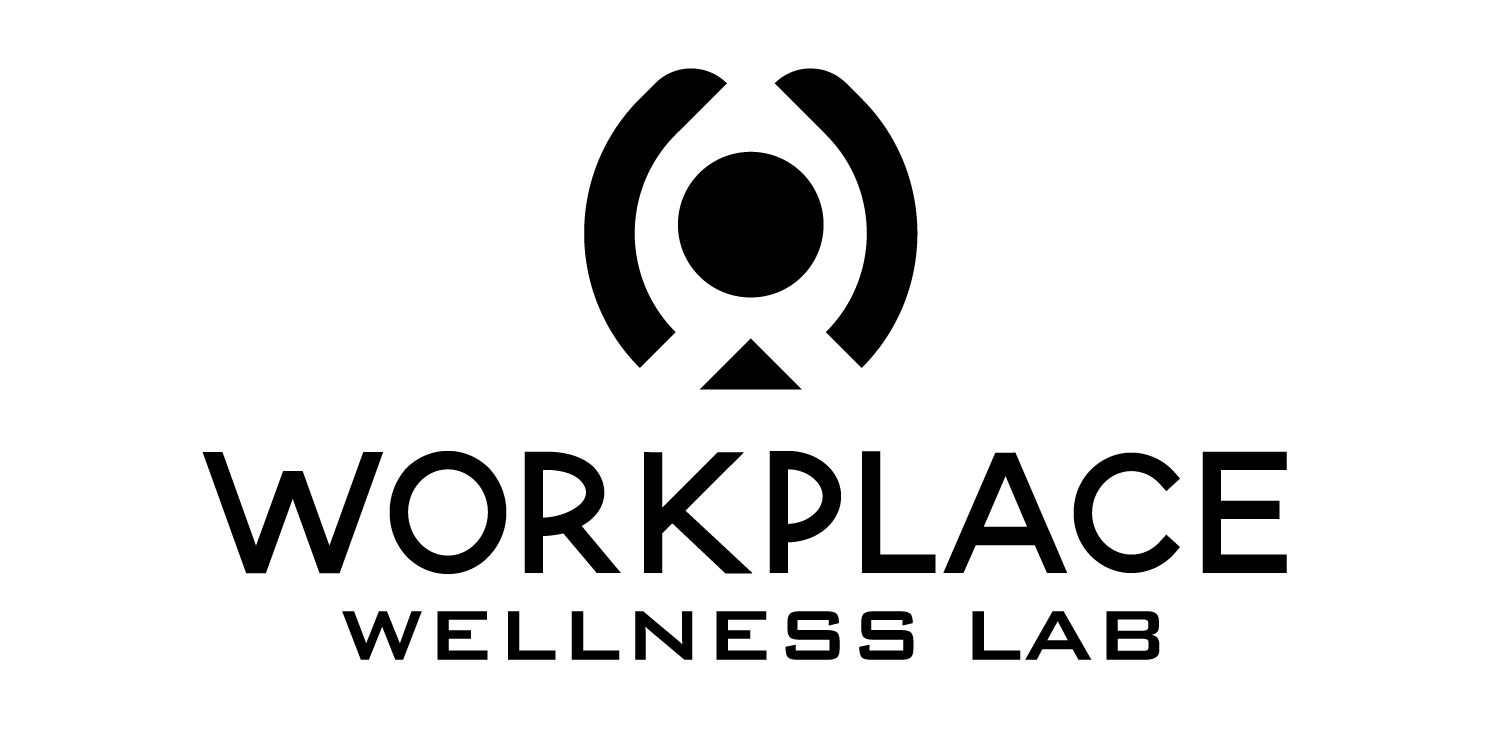Transparency is extremely important to us, so we are letting you know that we may receive a commission on some of links you click on from this page. See our disclaimer.
 “Developing and implementing an effective workplace wellness program takes careful planning. By starting with high-level strategies, a business can build a program that's customized to the needs of its employee population,” Jennifer Patel writes over at World at Work.
“Developing and implementing an effective workplace wellness program takes careful planning. By starting with high-level strategies, a business can build a program that's customized to the needs of its employee population,” Jennifer Patel writes over at World at Work.
Here are her five best practices:
1. Begin by securing support from top management. “Senior managers will be able to lead by example and encourage employees to partake in the program. About two-thirds of employers with strong leadership and cultural support of their employee health-management programs reported a reduction in health risks, compared with only 26% of those with little or no management support.”
2. Assess employees' needs. “This can be done in the form of surveys, health-risk appraisals and health-plan claims data. The goal is to define the overarching health needs of the employee base to craft an efficient plan that addresses its necessities.”
3. Design the program. “Establish goals, strategies and tactics based on the employee-needs assessment. Health screenings, nutrition classes and smoking cessation programs are a few of the basics to consider. Ensure incentives, such as fitness classes and gift cards, are included to motivate and engage employees over the long term. A CDC study found companies that offer financial incentives for health coaching realized significantly higher program completion rates, 83% when offering an incentive versus 76% when incentives are not offered.”
4. Establish a communication plan. “Whether the company chooses to communicate through emails, blog posts, postcards or videos, ensure employees have a clear understanding of how the wellness program works and the benefits of participating.”
5. Nurture the community. “Communicate details of the program to keep it top-of-mind and interesting to participants. Encourage employees to interact and share their health goals with colleagues through web forums and intramural groups. The sense of community promotes program engagement. With clear communications about the benefits of participating and ongoing support, you'll see success across the board.”


0 Comments